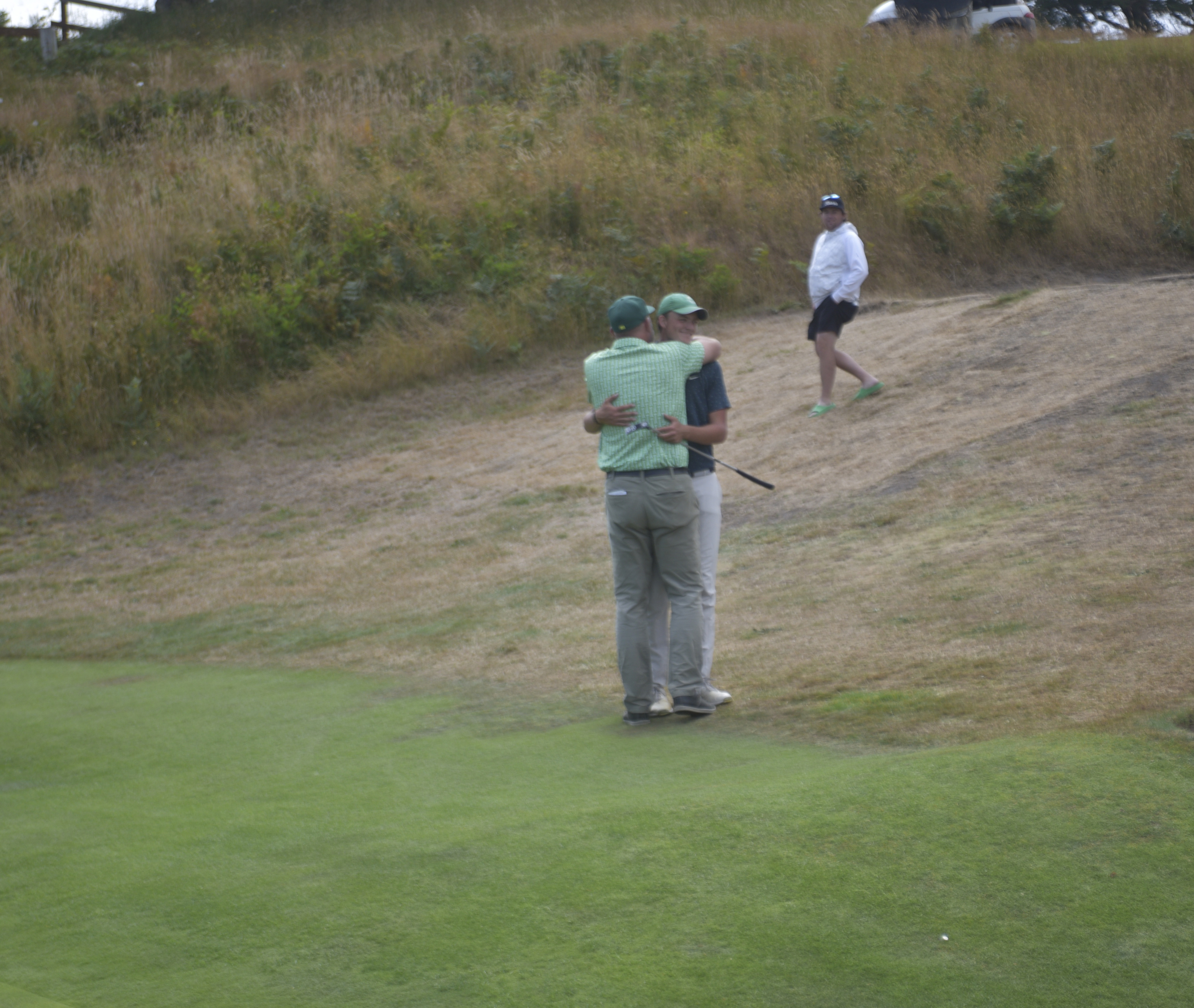Racoons, worms and you
Published 5:00 pm Wednesday, June 16, 2010
At the Wildlife Center of the North Coast, we often get animals manifesting symptoms of neurological damage. In the absence of obvious trauma or torticollis (indicating Newcastle disease), the cause of the symptoms usually remains mysterious, since extensive bacteriological or toxicological testing are prohibitively expensive.
Trending
We recently admitted a porcupine that fit into this category. He was thought to have had an encounter with a car, but he exhibited no obvious signs of injury. He was, however, as shaky as Dean Martin after a night with the boys at the Sands.
Porcupines are shy but curious, and this one would slowly move across the floor of the hospital and attempt to climb on bird perches, space heaters, the floor-cleaning machine and even the walls. Unfortunately, he would reliably fall hard on the cement floor after swaying on his hind legs for a torturous moment or two.
After days of steady decline, he was finally euthanized and his brain sent to a lab for analysis. The results were not particularly surprising to WCNC Director Sharnelle Fee and they underscore why the center does not rehabilitate raccoons.
Trending
The problem with our porcupine was a baylisascaris, or raccoon roundworm infection. Our unfortunate patient encountered infected raccoon feces in the wild and the resulting worm larvae made their way through the porcupine to its brain, where the larval cyst destroyed enough tissue to produce the neurological symptoms we observed.
A large percentage of raccoons are afflicted; infection rates for a given raccoon population range from 40 percent for low-density groups to 100 percent if they are living cheek to jowl.
Many other mammals can become infected with this worm, too, including humans.
When the eggs are eaten by an intermediate host, such as a squirrel, they hatch into larvae, which travel through the animal’s tissues and eventually form cysts. Depending on where the cysts form, a myriad of symptoms can manifest.
If the intermediate hosts are subsequently eaten by the raccoon, the larvae develop into egg-shedding adults and the cycle repeats.
Baylisascaris eggs are remarkably robust. They can stick to most surfaces, can survive years with adequate moisture, and most disinfectants (even bleach) won’t kill them.
Fire is the usual solution. One wildlife rehabber who used to take in raccoons wielded a propane torch to disinfect the cages once the season was over. I say “used to,” because she died of heart problems. Some think those were, yes, roundworm-related.
In spring, the WCNC often gets calls about baby raccoons. The mothers have disappeared, probably because of being trapped or succumbing to 18-wheeler disease. There is something heart-wrenching about these very cute babies slowly starving in their abandoned nest.
Kristin and I delivered one such baby, retrieved from underneath a hotel in Cannon Beach, shortly after we first started working at WCNC. It was among more than 40 raccoon babies that were immediately euthanized by WCNC that year.
And the WCNC is extremely conservative about euthanization. Sharnelle gives wildlife every possible chance to recover and be released back into the wild. However, raccoons are an exception.
After reading this, I hope you’ll understand why. I also hope that if any of you are feeding raccoons, or perhaps think raccoons that eat your outdoor pet food or exposed garbage are harmless or cute, this article might make you think differently.
(This is a column about local Cannon Beach wildlife and the Wildlife Center of the North Coast, P.O. Box 1232, Astoria, OR 97302. The WCNC is a nonprofit, licensed rehab facility located on OR Highway 202, just outside of Olney. It can always use monetary or volunteer help. Please call Sharnelle Fee at (503) 338-0331 if you would like to assist in some way. More information can be found at coastwildlife.org.)
© 2010 Mark Albrecht









